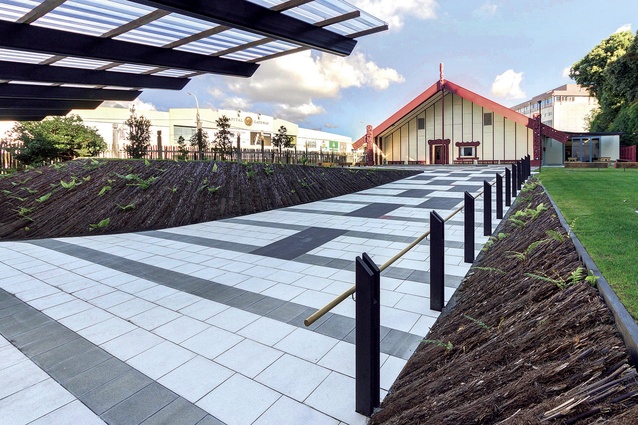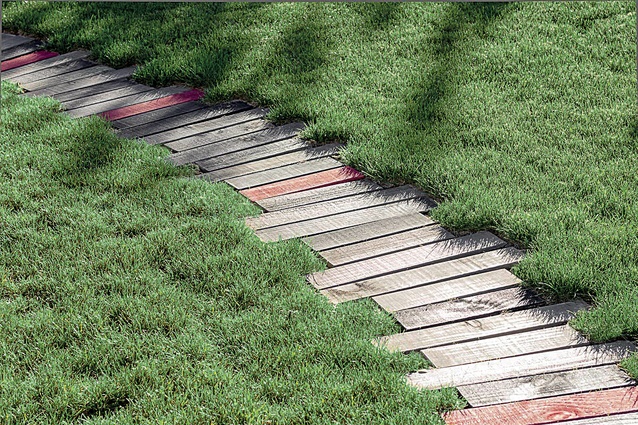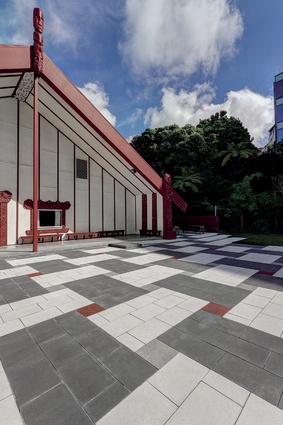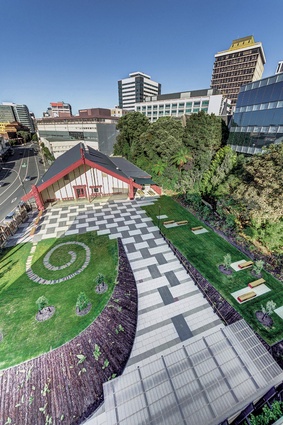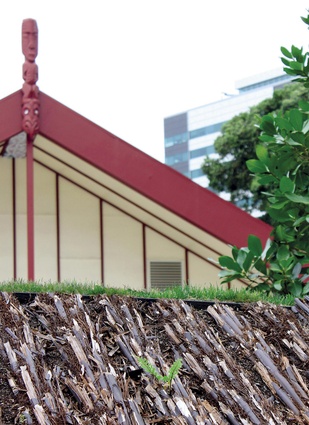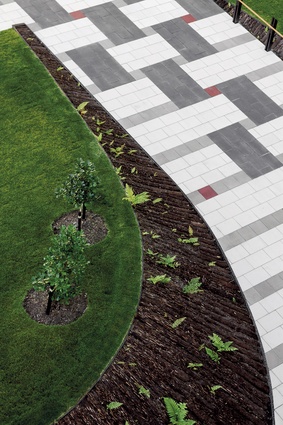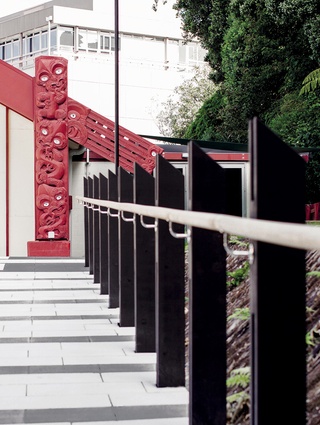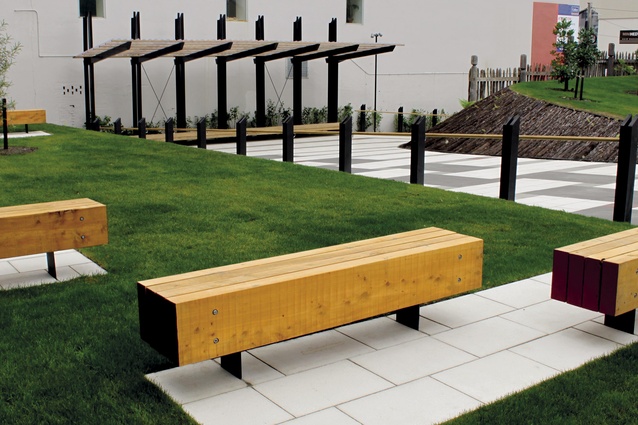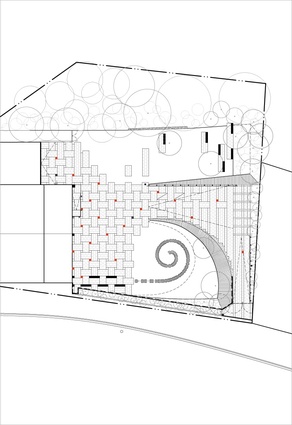Pipitea Marae
Walking on to a marae – up to the marae atea that lies before the marae’s wharenui – is at any time a special experience unique to Aotearoa.
Whether arriving to be hosted or to return home from the four winds (nga hau e wha), there is an expectation of being received and welcomed and rejuvenated.
Wellington’s Pipitea Marae received its own rejuvenation this year thanks to a landscaping project on behalf of the Port Nicholson Block Settlement Trust and the Ngati Poneke Maori Association.
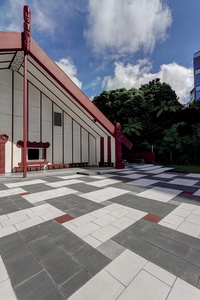
Although once the site of a beach-side traditional village named Pipitea Pa, the large but low-key Pipitea Marae now sits betwixt a busy city roadway and government buildings. Built as an urban marae, it was entering its fourth decade in a drab state and definitely overshadowed by another publicly accessible Port Nicholson Block venue at Wellington’s current waterfront, the award winning Te Raukura – Wharewaka.
Mark Newdick of Moorhead and Newdick Landscape Architects, won a time-pressured commission to bring new life to the Pipitea Marae site partially on the strength of his own introductory greetings – his mihi or pepeha – coupled with a straightforward approach to incorporating ideas of identity and creative use of materials within the given constraints.
Marae manager Paul Retimanu is gratified by the results and the “new face” given to this common meeting place, for the many peoples and groups who currently use its facilities, or who will visit the marae in the future to observe its traditional kawa and protocol.
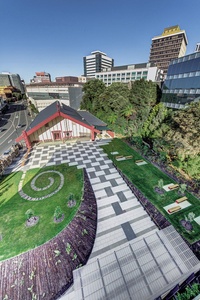
The contrast between the previously grey-on-grey driveway entry-point and the unfolding dimensions of the new design are simple in execution but compelling in effect.
Says Newdick: “Inclined, curving banks of ponga logs and plantings now draw visitors into the site, framed on either side with two large enhanced lawn areas – one in the form of a shallow amphitheatre directly adjacent to the atea and the other providing a generous public space with substantial macrocarpa benches.”
Even at ground level the patterned layout of the honed concrete paving slabs can be seen to carry a cultural meaning as represented by the intersecting weave of three subtle primary colours.
“The colours are also repeated in the treated timber used to form a koru on the amphitheatre lawn, a feature especially requested to represent the Taranaki iwi – collectively Taranaki Whānui ki Te Upoko o Te Ika – who are the mana whenua of the Port Nicholson area. Along with touches such as the seating and cantilevered seating provided for visitors, this is another aspect that combines traditional design language and landscape architecture”.
Visiting on a fine autumn day, it’s apparent that Newdick himself is still reconciling the pronounced before and after of this project.
While it now matches the Marae’s needs to a tee, there is still much to anticipate as he casts his eye over the re-emerging detail of the foliage – from an existing cornerstone karaka on wahi tapu land through to Tecomanthe speciosa (Three Kings Vine) now taking to the boundary palisades, supplemented by dwarf cabbage trees underplanted by flax.
Allowing for the lack of precedent in setting a ‘greenprint’ for urban marae, Newdick is aware that this project, more than most, is ultimately all about the occasions when it is populated by the people it is intended for, and that it has acted as that rare thing: a pleasure and a privilege.

